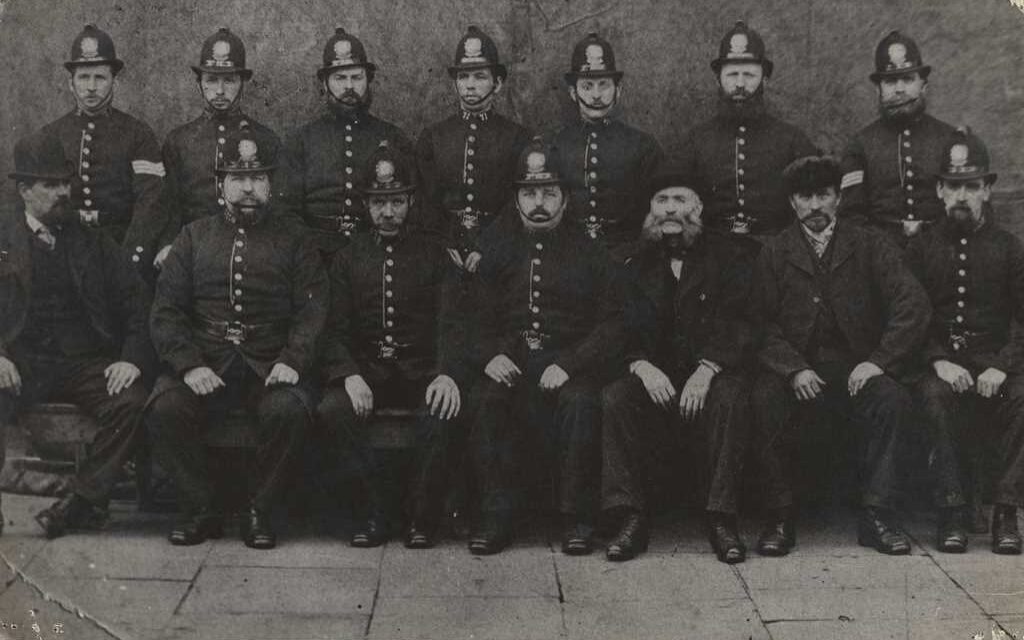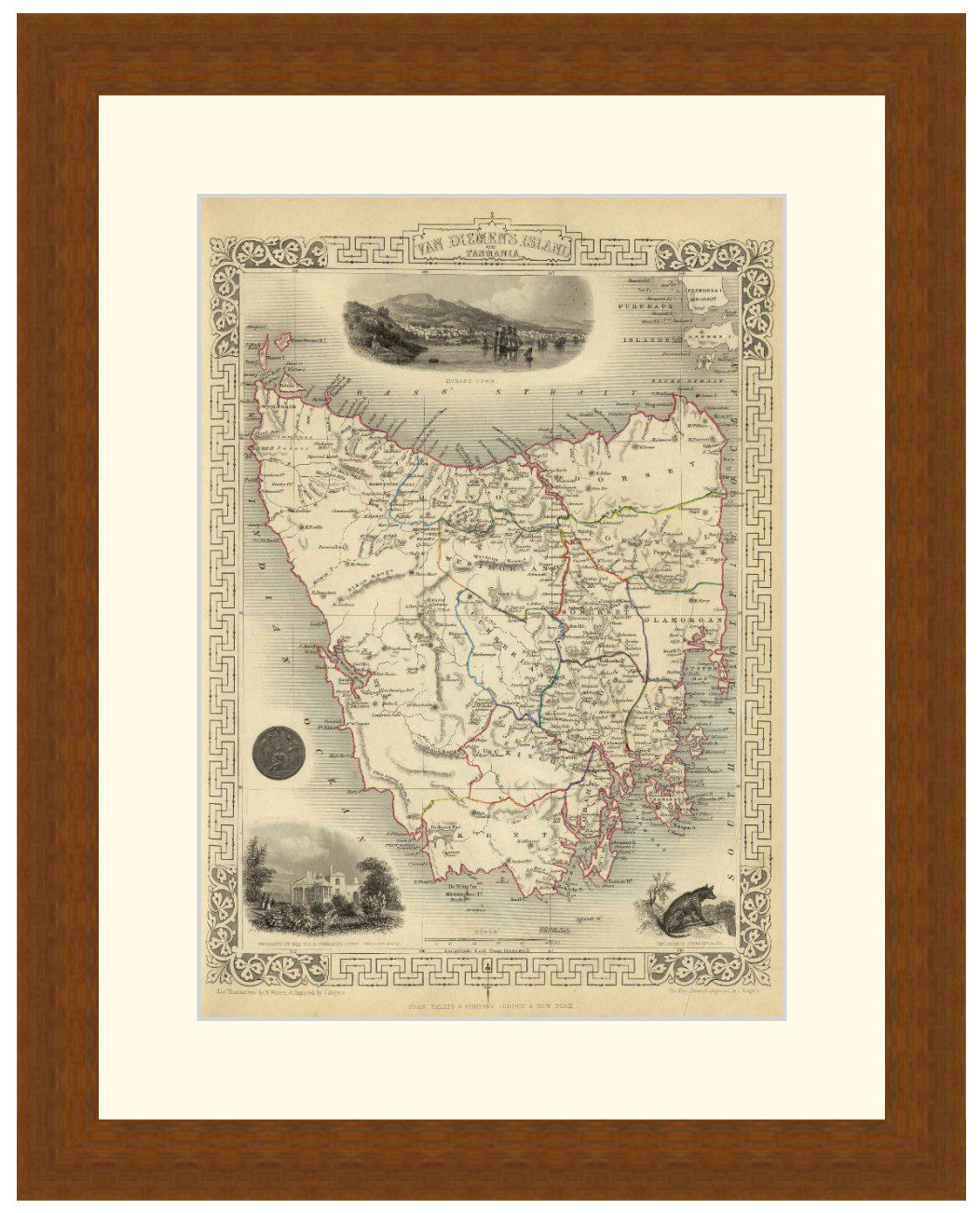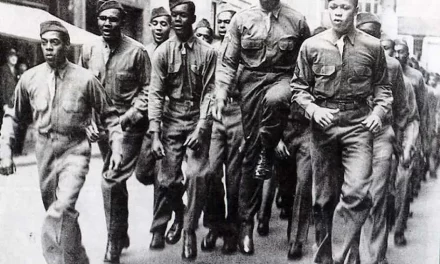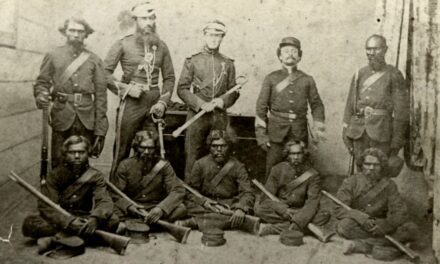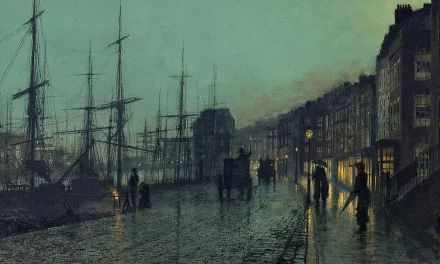Reading time: 6 minutes
Although the police force may seem an integral part of our world now, the first statutory police force in the world was only created in 1611, in Edinburgh. So how did a sizable country like Britain maintain law and order before this?
From the Norman invasion in 1066 to the Great Reform Acts of the 1800s, the development of Britain as a country has gone hand-in-hand with how the country has tackled the maintenance of law and order.
By Mark Mckenzie.

Before the advent of modern policing, the mechanisms to maintain law and order were diverse, decentralized, and deeply rooted in the socio-political landscape of each period.
To fully understand how law and order were maintained from 1000 AD to 1800 AD in Britain, we’ll need to delve deeply into the intricacies of this historical tapestry, highlighting the methods, institutions, and social dynamics of each specific time period.
Early Medieval Period (1000-1300)
Long after the Romans left the British Isles, the institutions that were capable of upholding law and order in England became a mix of new Norman laws, the remnants of Anglo-Saxon governance, and new mixed laws such as the Magna Carta.
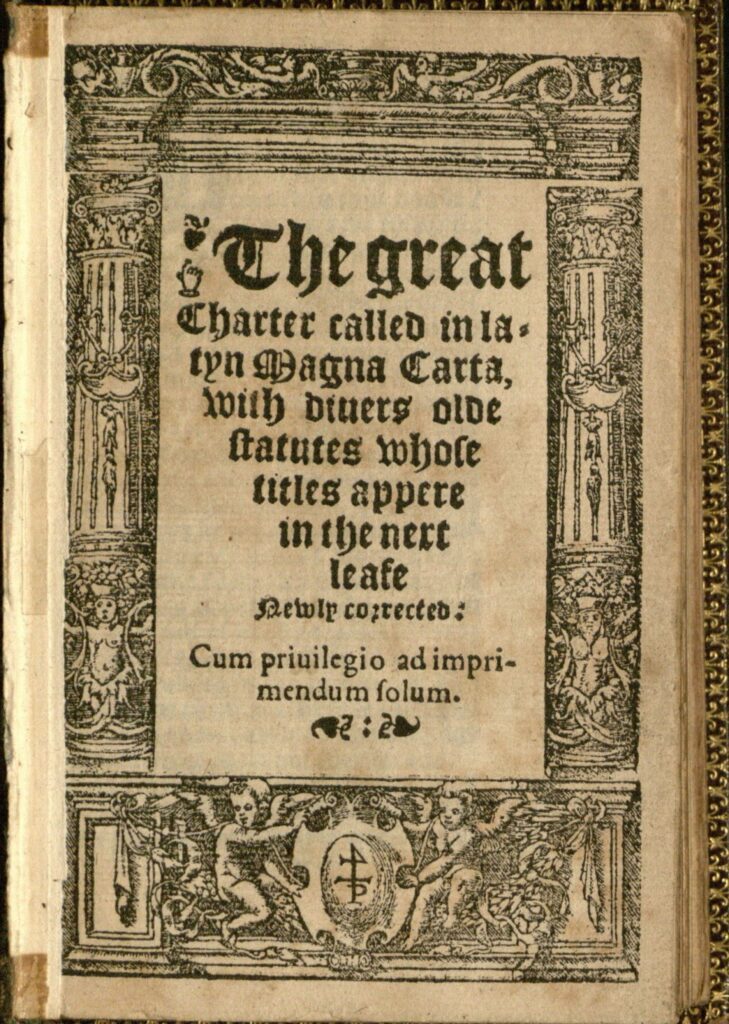
It is important to keep in mind that in the early medieval period, the concept of centralised law enforcement was virtually non-existent. Instead, communities relied on local systems to maintain order.
The tithings and hundred courts, remnants of Anglo-Saxon governance, were instrumental in resolving disputes and meting out justice. Tithings were groups of ten households, collectively responsible for each other’s behaviour. If a member committed a crime, the entire tithing could face penalties.
The role of the local sheriff was also crucial during this period. Originally, the sheriff was an official responsible for collecting taxes, but over time, their duties expanded to include maintaining law and order.
Sheriffs, appointed by the Crown, were often local landowners vested with both judicial and administrative authority. They presided over shire courts, where disputes were settled and justice was administered.
The maintenance of law and order began to shift in Medieval Britain with the ordinance of 1233, which required that across Britain, watchmen should patrol towns and villages during the night to apprehend anyone who was armed. This is something that seems quite similar to today’s police policies, such as stop and search.
Middle Ages (1300-1500)
As the Middle Ages progressed, the legal landscape underwent significant changes. The assize system, initiated by Henry II in the 12th century, introduced a more standardised form of justice.

Royal judges, travelling the country, would hear cases and apply the law uniformly to preexisting local courts. This didn’t completely centralise the law – local courts still enacted the majority of law enforcement. However, the assizes contributed to the establishment of legal precedents and a more centralised legal system throughout Britain.
Alongside the assizes, one notable institution that emerged during this period was the Justice of the Peace (JP). JPs were local dignitaries appointed to maintain order in their communities.
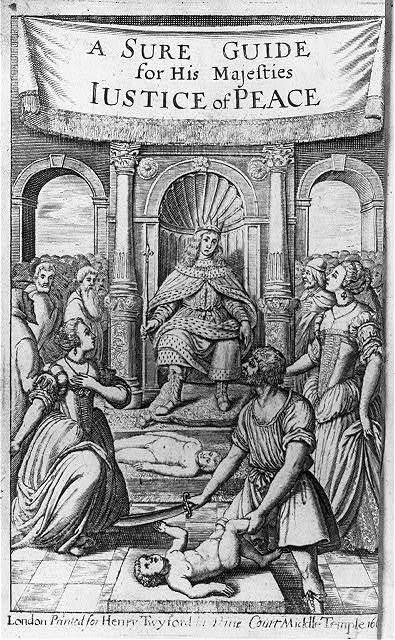
Their responsibilities included hearing cases, administering justice, and ensuring the execution of laws. JPs played a crucial role in bridging the gap between local communities and the central authority, contributing to a more cohesive legal system.
Tudor and Stuart Periods (1500-1700)
The Tudor and Stuart periods witnessed the refinement and expansion of law enforcement mechanisms. From a doubling of the British Isles’ population to the English Civil War and massive parliamentary reform, the enforcement of law and order across Britain changed dramatically.
The creation of the Justices of the Peace continued, and their role became even more pivotal. Petty constables, selected by local communities, worked alongside JPs to enforce law and order. These constables were often unpaid volunteers, fulfilling their duties as a civic obligation.
The watch and ward system was another significant development during this time. From 1735 in urban areas, paid watchmen were appointed to patrol the streets, keeping an eye out for criminal activity and maintaining order.
Though this was a more centralised approach to enforcing law and order across Britain, the night watch was still composed of local residents taking turns on duty. This demonstrates that a communal approach to policing was still very much at the forefront of British law enforcement.
Policing the Parishes
The parish constable, an essential figure in maintaining order at the local level, deserves special mention. Parish constables were responsible for implementing the decisions of the JPs, supervising the night watch, and apprehending wrongdoers.
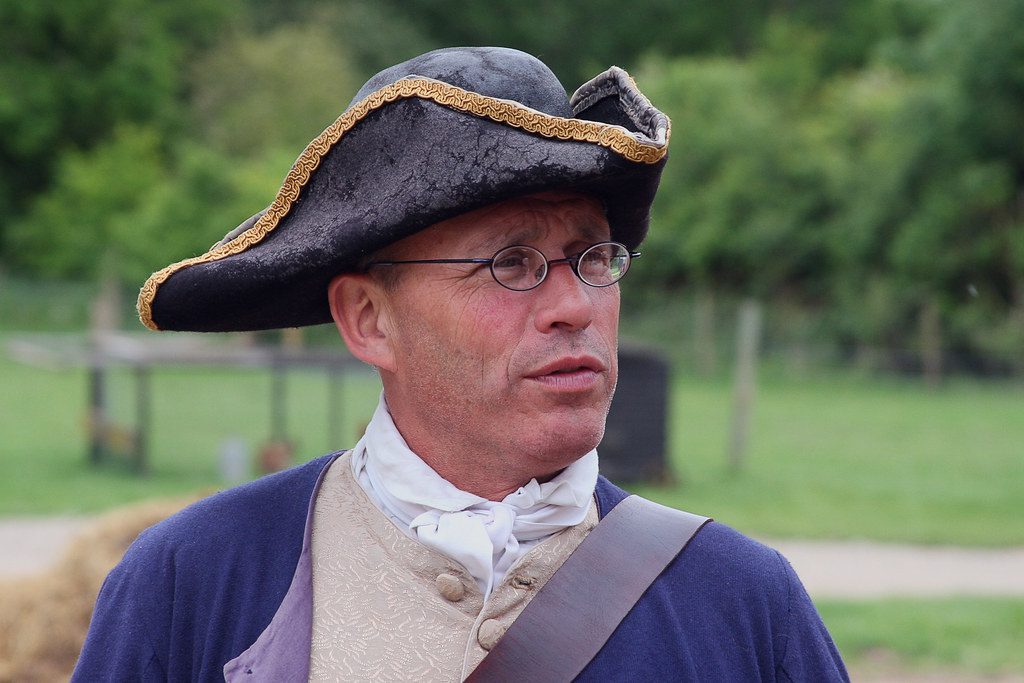
These parish constables were often drawn from the community, after all it was much easier to recruit locally, and knowing the town you’ll be policing is a definite advantage in managing local law and order.
Punishments in this era were often severe, reflecting a society where deterrence played a significant role. Public executions, branding, and corporal punishment were common methods of disciplining offenders. The gallows stood as a stark reminder of the consequences of criminal behaviour.
Despite these efforts, challenges in maintaining law and order persisted. Smuggling, highway robbery, and vagrancy were prevalent issues. The Bow Street Runners, established in the late 18th century by magistrate Henry Fielding, represented an early attempt at creating a specialized investigative force. This group laid the groundwork for the eventual establishment of the Metropolitan Police in 1829.
How did law enforcement over this period?
As Britain slowly transitioned from a feudal, local system to the centralised state we know today, a gradual evolution of law and order occurred between 1000 and 1800, shaped by the socio-political climate of each era.
From the decentralised systems of the early medieval period to the more structured institutions of the Tudor and Stuart periods, the mechanisms for maintaining order were diverse and adaptable.
Understanding this historical context is crucial for appreciating the roots of modern policing. The transition from community-based, decentralised methods to a more centralised and professionalised police force marked a significant shift in British law enforcement.
Much like many other aspects of our modern society, the evolution from decentralised, feudal societies into evermore connected states allowed law enforcement to grow and advance into a more powerful tool of government.
Articles you may also like
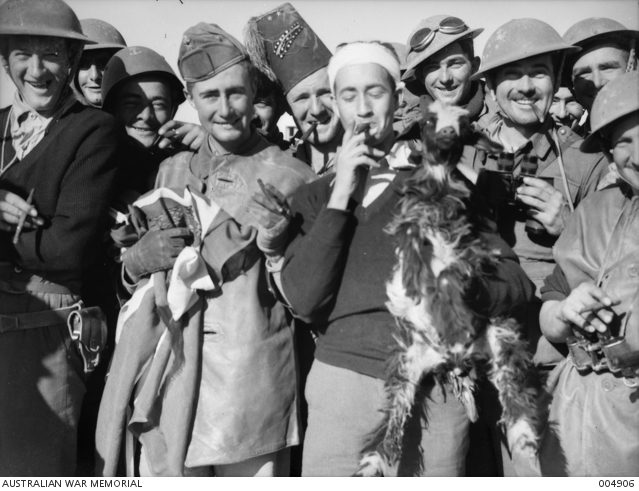
Remembering the Victory at Bardia
Just over 80 years ago, Australian forces fought their first major battle of World War II. Bardia, a small town on the coast of Libya, some 30 km from the Egyptian border, was an Italian stronghold. The Australian troops occupied Bardia, defeating the Italians in a little over 3 days. Australian veteran, Phillip Wortham, simply […]

General History Quiz 58
Weekly 10 Question History Quiz.
See how your history knowledge stacks up!
1. What is the origin of the name Neanderthal?
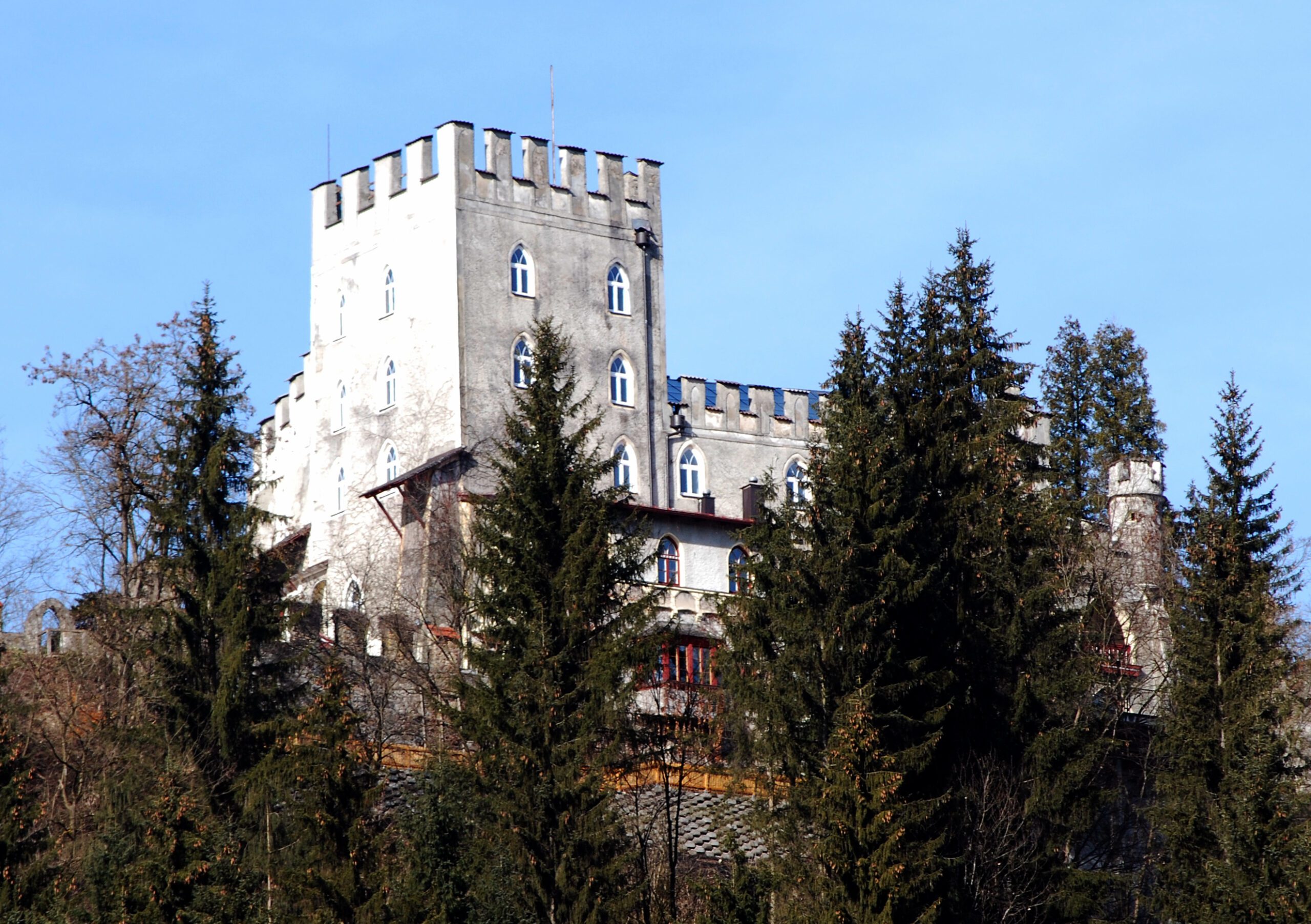
The Strangest Battle of World War II? Uncovering the Battle of Castle Itter
Reading time: 6 minutes
In the waning hours of the war, exactly five days after Hitler shot himself in his bunker, a bizarre battle would commence in a small Austrian town, just south of the German border.
Seven hundred years after its construction in the 1200s, Castle Itter would host a battle between the Waffen-SS (the Nazi party’s specialist paramilitary) and a combined force of defecting German Wehrmacht troops, American soldiers, Austrian resistance fighters, and various French political prisoners.
The text of this article was commissioned by History Guild as part of our work to improve historical literacy. If you would like to reproduce it please get in touch via this form.

